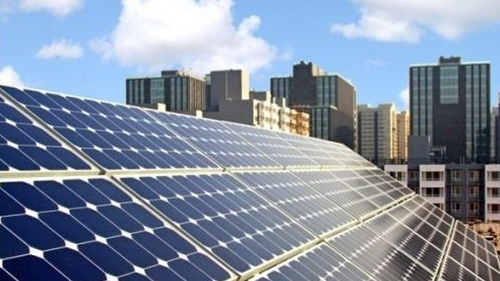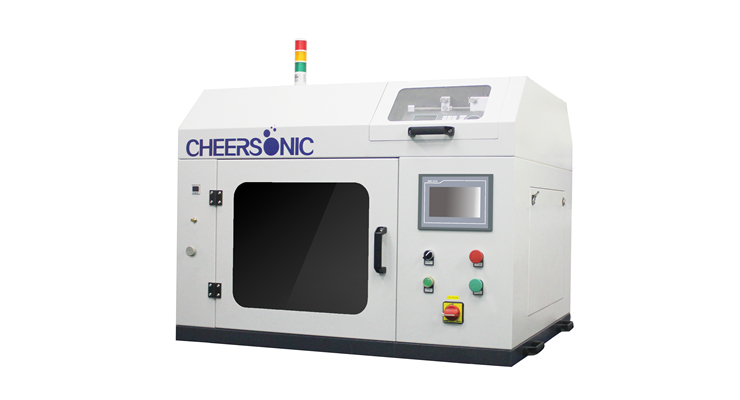FTO Glass Coating
The conductive glass is fluorine-doped SnO2 conductive glass (SnO2:F), referred to as FTO for short. FTO glass can be used as ITO fto glass

Replacement materials for conductive glass are widely used in liquid crystal display screens, photocatalysis, and thin-film solar cell substrates. The market demand is very large. Due to its particularity, FTO glass has high requirements for its light transmittance and conductivity in terms of dye-sensitized solar cells, electrochromism and photocatalysis. Its comprehensive performance is often directly evaluated by FTC: FTC=T10/RS. T is the transmittance of the film? RS is the square resistance of the film; in terms of optical applications, it is required to have good transmittance to visible light and good reflectivity to infrared. The basic requirements are: ① low surface resistance, ② high light transmittance, ③ large area, light weight, ④ easy processing and impact resistance. As a high-tech, my country can only develop a transparent conductive film with an average visible light transmittance of about 80%, which has not exceeded 90%. In the research field of transparent conductive film with high light transmittance and low square resistance, there will be both opportunities and challenges, and we need to do more in-depth research. At present, my country needs to further improve the comprehensive performance of transparent conductive film from the aspects of material selection, process parameter formulation, and multilayer optical design, so that the average visible light transmittance can reach 92% or more, so as to meet the needs of advanced technology.
Glass coating is a very thin transparent film coated on the surface. When light enters different transmission materials (such as air enters glass), about 5% will be reflected off. There are many lenses and refractors in the optical sight, which can make the incident light loss up to 30% to 40%. . Modern optical lenses are usually coated with a single-layer or multilayer magnesium fluoride antireflection coating. A single-layer antireflection coating can reduce reflection to 1.5%, and a multilayer antireflection coating can reduce reflection to 0.25%, so the entire aim If the mirror is properly coated, the light penetration rate can reach 95%. Lenses coated with a single-layer anti-reflection coating are usually blue-violet or red, while lenses coated with a multi-layer anti-reflection coating are light green or dark purple.
Our company’s ultrasonic glass coating system is usually used to coat a large area of anti-reflection solution on conductive glass. This environmentally friendly coating system significantly reduces material consumption, deposits a thinner and more uniform coating, without dripping, and greatly reduces maintenance. Coated with a very thin, uniform and durable coating, it can provide glass with excellent anti-reflection capabilities, while minimizing the exhaust gas and energy requirements during the deposition process, and the drying time is short.
Solar Photovoltaic Glass Coating Video
Recommended Machine
UAL100 ultrasonic dispersion liquid supply system
UAM3000 Ultrasonic Bracket Spraying Machine
UAM4000 small desktop ultrasonic spraying machine
UAM4000L Ultrasonic Precision Spraying Machine
UAM6000 Ultrasonic Large Spraying Machine
UAM7000 Ultrasonic Balloon Guide Wire Spraying Machine
UAM8000 ultrasonic assembly line spraying machine

